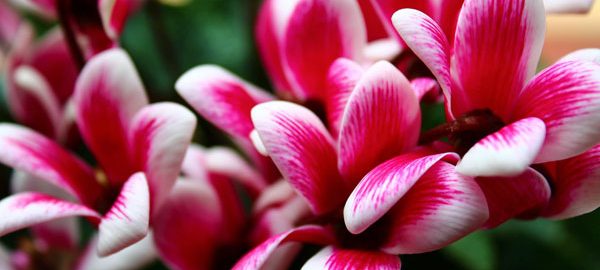Low-allergen Gardens
Who can understand allergies better than the one attempting to write next to an open window, sneezing, wiping her runny nose and squinting through swollen, watery eyes? I have accepted medications as the only way to soothe and subdue my allergic reactions. However, I’ve been reading a lot on this topic. I’m confident that I have grasped the mechanisms behind allergic reactions. But knowing how allergies work still didn’t tell me enough.
Allergies don’t develop overnight but after repeated daily exposure to allergenic plants at work or school or home. The key to relief from allergies is to avoid allergens. As we all know, that is nearly impossible. How many can truly isolate themselves enough to avoid overexposure to allergens in their daily life? Without a doubt, not many, but I have an idea of how we can plant a seed of change.
Know thy enemy
Its name is airborne pollen. It is the kind of pollen that spreads via wind and not by birds and insects. The more you know about plants and pollination, and the more you look around, you will start to notice. Plants that create airborne pollen in overabundance surround us. How did that happen?
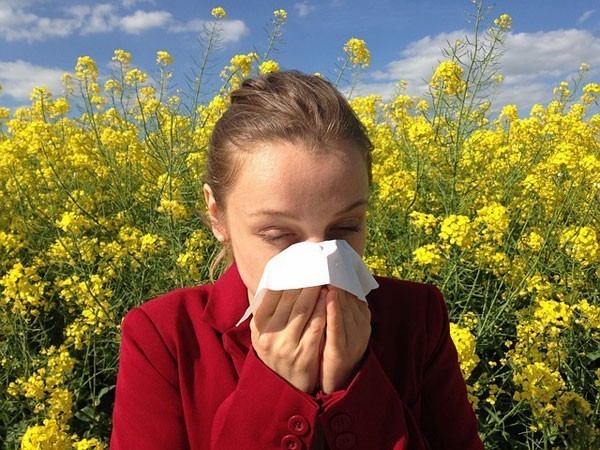
People in charge of urban landscaping haven’t had allergic reactions in mind. Air pollution is a modern plague of urban areas. However, some of the best fighters against it are also the biggest pollinators. Truthfully, allergies haven’t been such a problem in the past, which is some 40-50 years ago.
The immune system is good at ignoring harmless substances, but our overall resistance to allergens is not as it was then. Overexposure to diverse chemical substances weakens our immune systems over time. What was easy to ignore before, nowadays causes a variety of responses.
A low-allergen garden: one small step for a man
My research has led me to discover that almost all plants are more or less allergenic. Therefore, the only ones that are completely allergy-free are those that don’t produce pollen. If we know that male plants produce pollen and female produce cones, it implies that planting female plants would help solve the problem.
The biggest issue is that urban landscapers have to take into account maintenance costs. While female plants don’t cause allergies, they are not litter-free. Additionally, planting male plants only to reduce maintenance costs is known nowadays as botanical sexism.
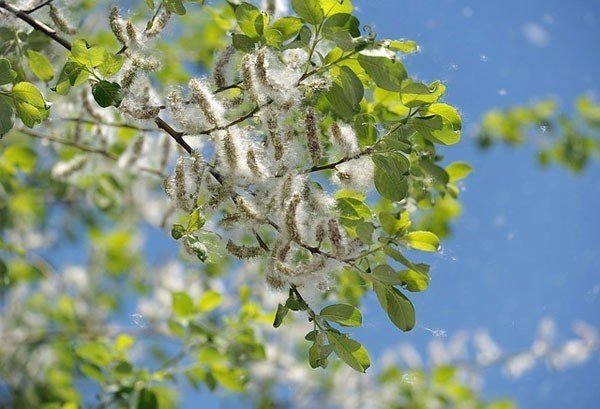
The first step to fight this trend is to create a low-allergen garden in your front or back yard and set an example. Considering the above-mentioned, here’s what you should point your attention to.
Tips for low-allergen gardening
- Plant insect-pollinated flowers. They have sweet scents and have brightly colored large petals to attract pollinators. Rose, geranium, fuchsia, cyclamen, petunia, iris, violet, daffodil, and tulip are among the flowering species you should include in your garden.
- Plant low-allergen trees. Moreover, trees you should plant are apricot, cherry, citrus (lemon, orange, lime), flowering almond, maidenhair tree (Ginkgo Biloba).
- Consider herbs for the low-allergen garden. If you love to cook and grow herbs yourself it would make you happy that most of the herbs used in culinary recipes are also low-allergen. Aromatic plants like mint, oregano, sage, rosemary, thyme, parsley, dill, and basil will look good both in your garden and on your table.
- Keep allergenic plants away. Chamomile is one of them. The trees that will worsen asthma or cause allergies are maple, poplar, ash, birch, oak, elm, walnut, cypress, and willow.
- Choose female cultivated varieties. Having an all-female garden would lead to a complete absence of problematic pollen. If there are no pollinators, however, it would cause a lack of fruit and food for wildlife.
- Diversify your collection of plants. Exposure to one kind of shrubs or trees would quickly make you hypersensitized to its pollens. Hence, diversity and balance between female and male plants are vital.
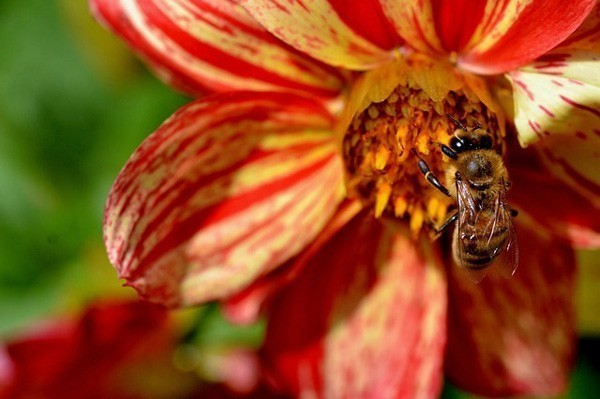
- Proper lawn care is essential. There are several ways a lawn can cause allergies. Leaving your lawn unkempt would eventually cause the grass to pollinate. Mow your lawn regularly but never in the morning. Lawn grasses usually release pollen between 3 and 8 in the morning. Mowing lawns at this period would only stir the pollen. Furthermore, use low-allergy hybrid couch varieties like Santa Ana or Windsor Green.
- Shear shrubs and prune trees. If you can’t replace the allergenic shrubs and trees you already have, make sure you shear them and prune them. It will prevent the flowering of the shrubs and trees will grow only vegetatively. Also, species you should plant are Hibiscus, Azalea, Rhododendron, and Hydrangea.
- Make your garden sunny and airy. Mold likes darkness and humidity. Besides, mold spores are a powerful allergen
- Avoid making compost and organic mulch. They also produce molds and spores. Buy compost in a store and substitute organic mulch with gravel.
- Plant hedges to block allergens. Choose the female plants of bayberry, Pittosporum or Podocarpus. These hedges will grow into high screens, trapping pollen coming into your yard from the neighborhood. Make sure to discover which way the wind blows before you plant them.
Introduce wild birds to your low-allergen garden. They will take care of insects known for causing allergies.
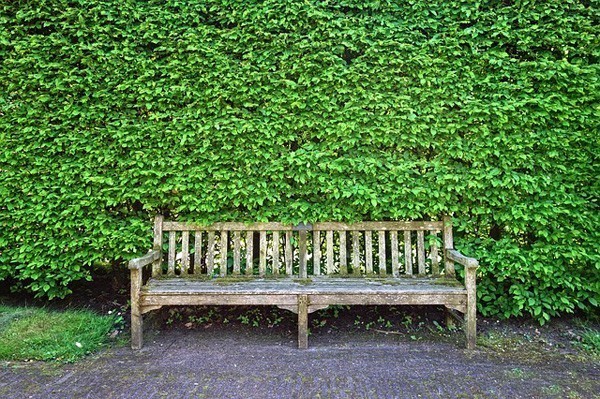
A giant leap for allergic humankind
If a fight against airborne allergies becomes a common goal, there may be a way to mitigate this issue. It all boils down to education and awareness-raising.
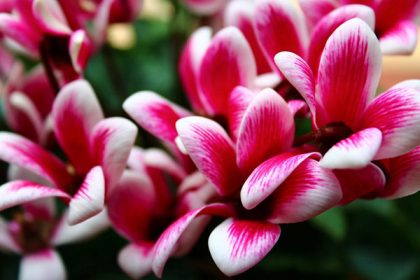
Two excellent books and a rich source of relevant information on this topic are The Allergy-Fighting Garden: Stop Asthma and Allergies with Smart Landscaping and Allergy-free Gardening: The Revolutionary Guide to Healthy Landscaping by Thomas Leo Ogren.
Sandra Vinsky is an ecotourism analyst and a part-time content writer for Bluebell Relocation Services NJ. She enjoys traveling and writes on nature and moving topics as a guest blogger.
